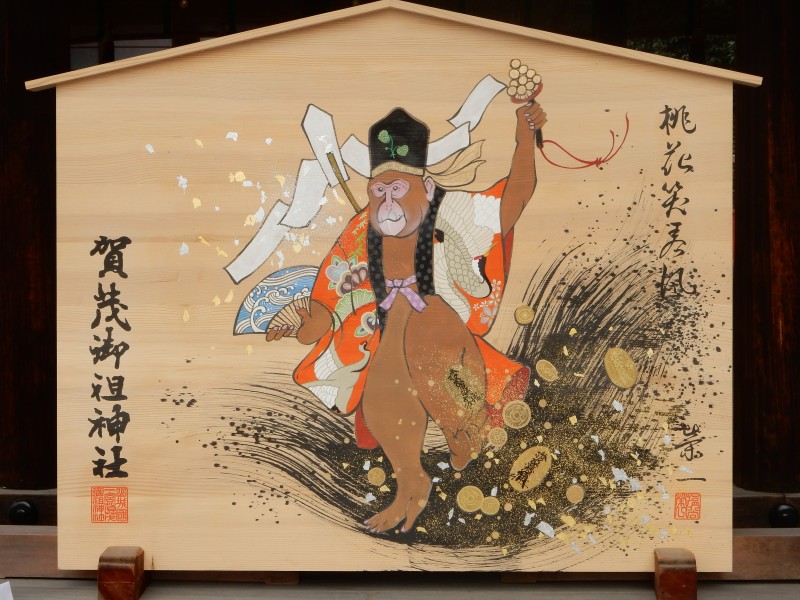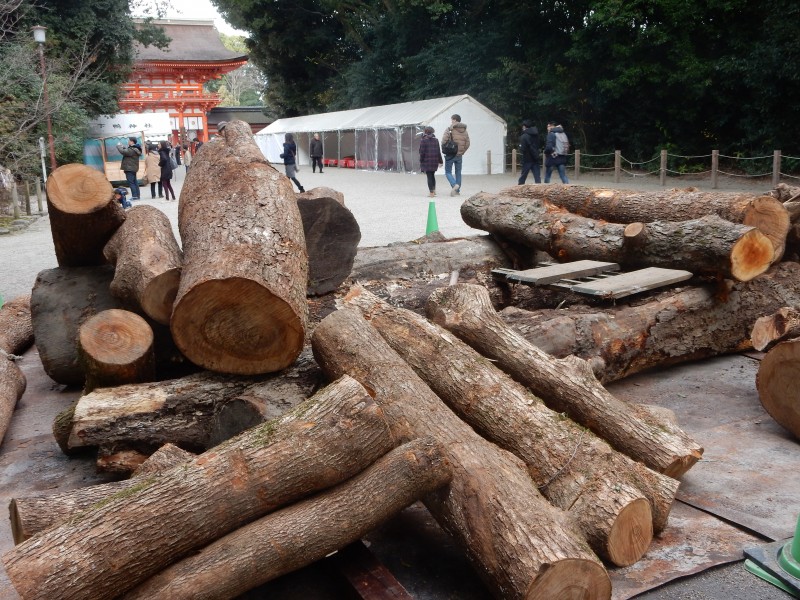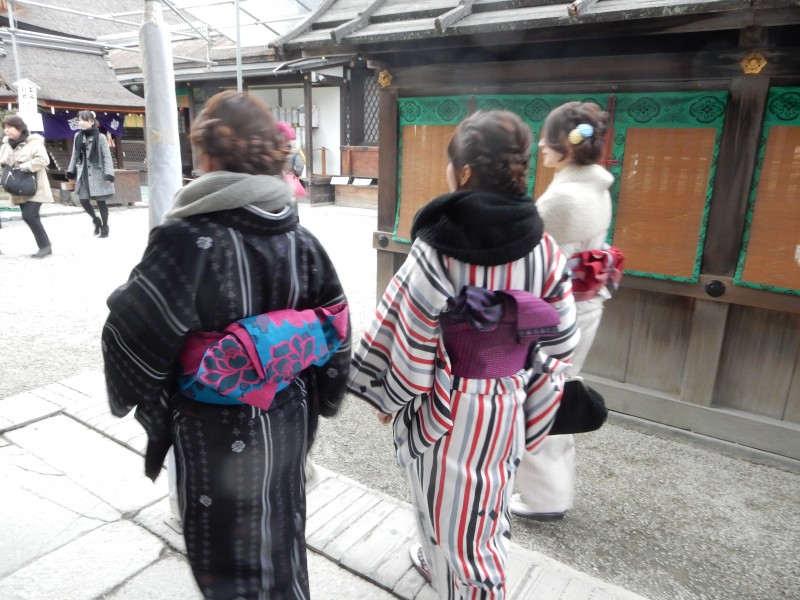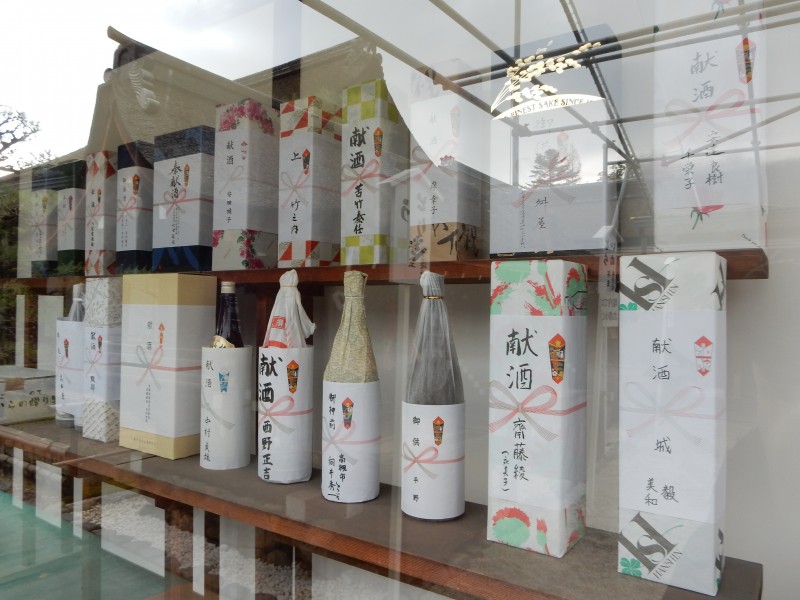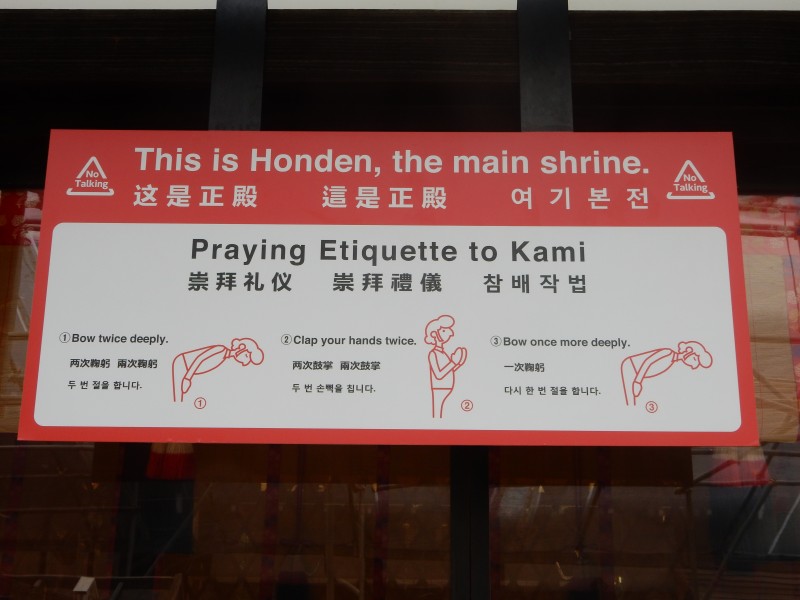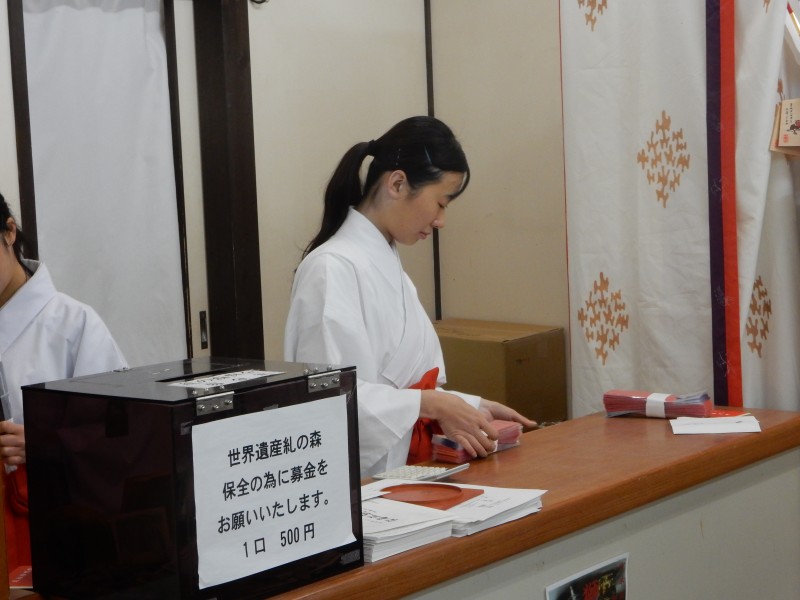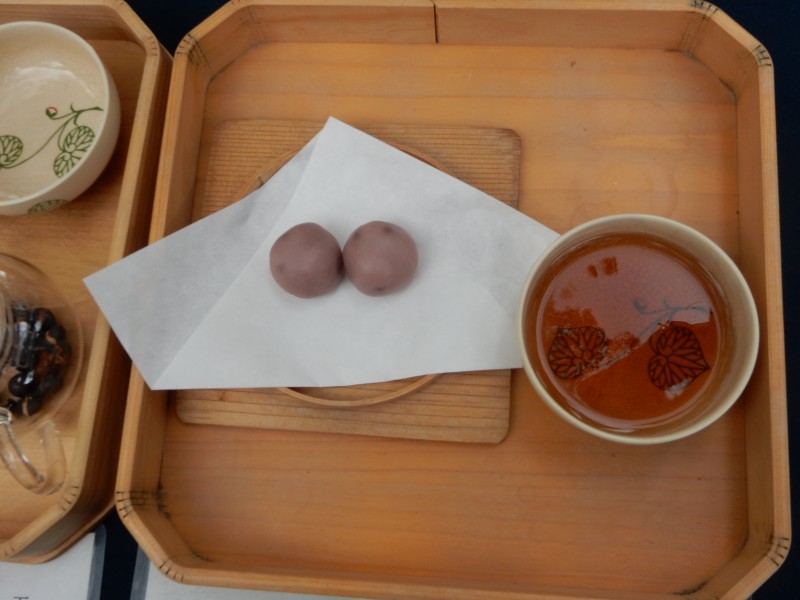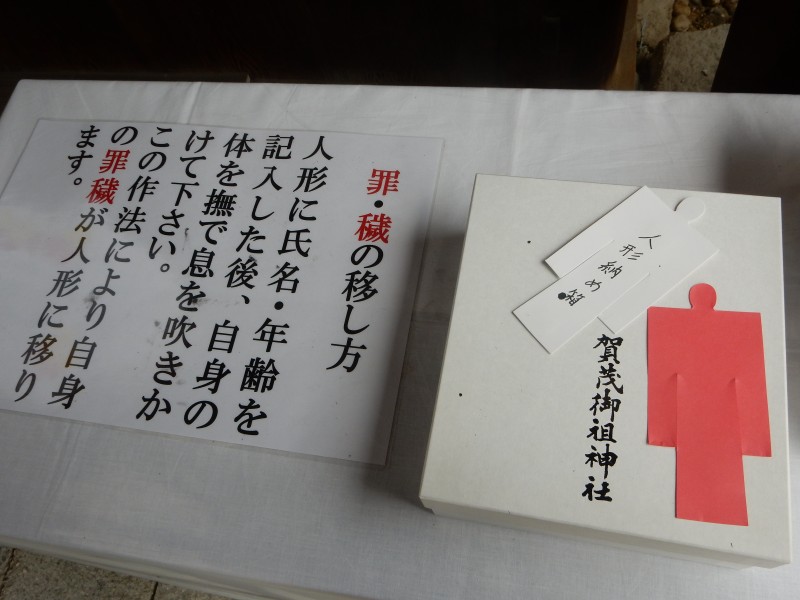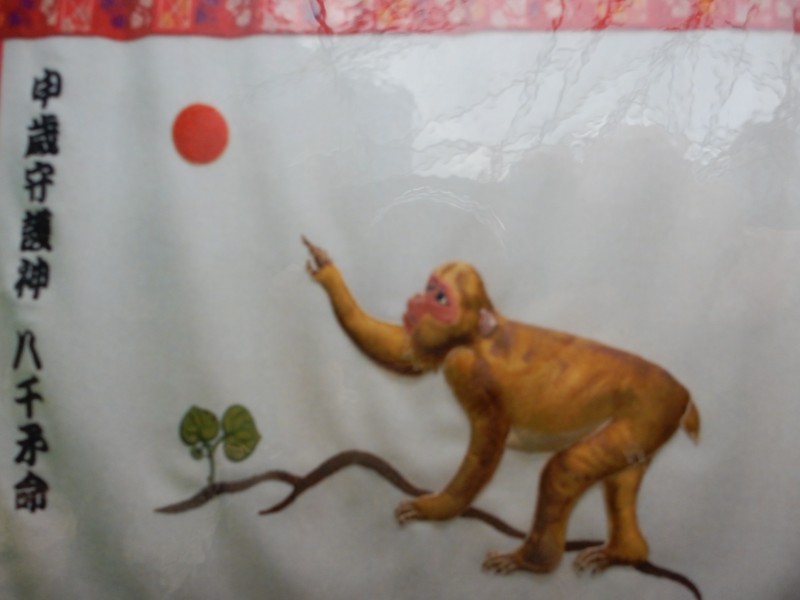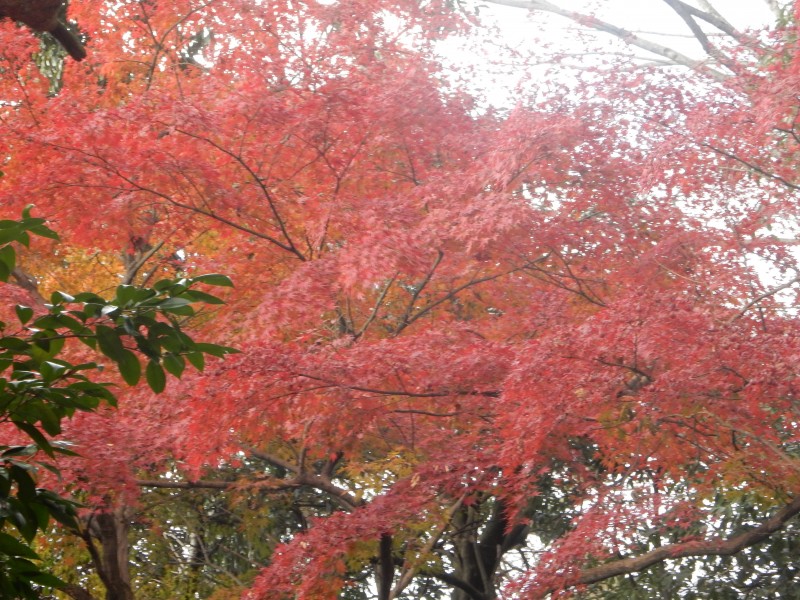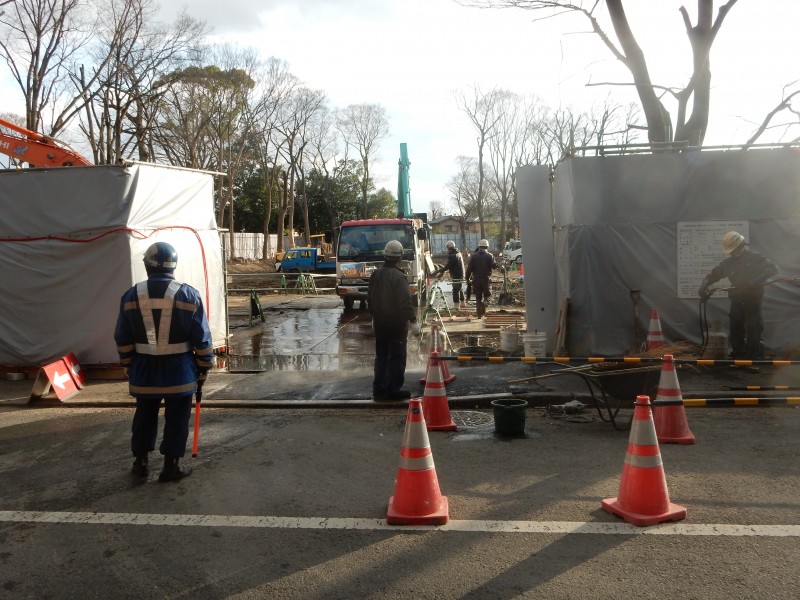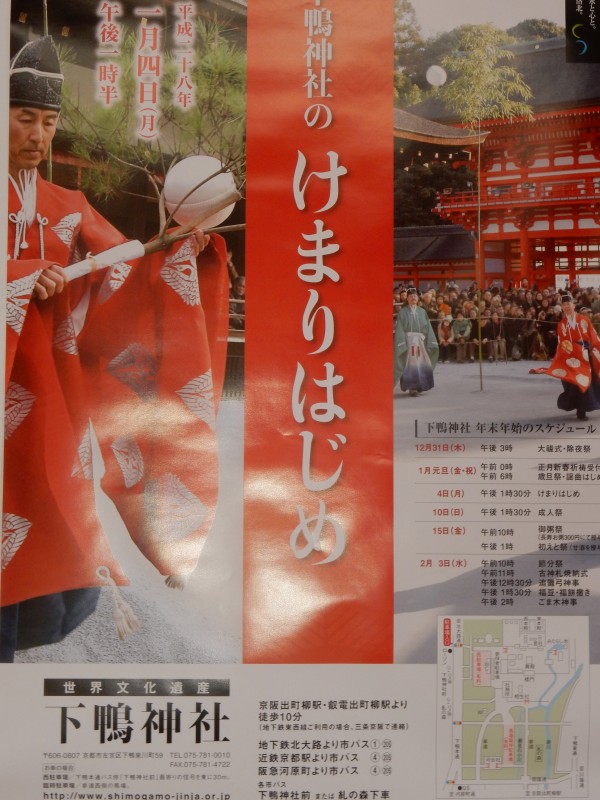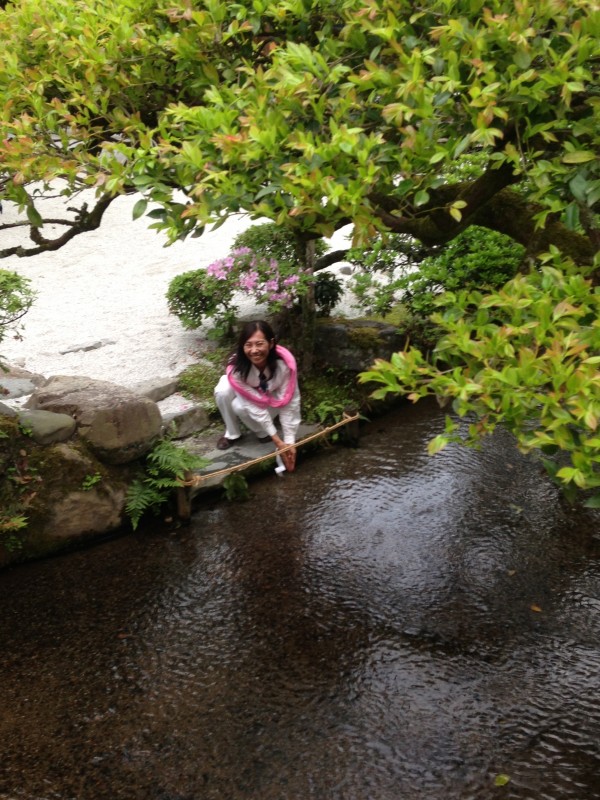
Cleaning and washing begins with one’s hands
Cleansing and purification are central to the values of Shinto, and the big clean-up at the end of the year can be seen as part of the spirit of revival that underpins much of the religion. It should be noted that with Westernisation in Meiji times, the country adopted the Gregorian calendar and that the New Year of former times would have taken place in February with the promise of spring in the air. Regeneration at such a time made perfect sense.
Cleanliness is all-pervasive in Japanese culture, from bath-washing etiquette to the cleaning of temples and schools. It is carried out in religious fashion, in both senses of the term. It’s of interest therefore that today’s Japan Times recently carried a timely article on the subject. It focusses on practical tips rather than the spiritual aspect, but nonetheless it:s enough to remind readers of how energising the process can be. Cleaning as ‘a way to make the world a better place’ is deeply rooted in the Japanese psyche. (Below are selected extracts; for the full article, please see here.)
Green Shinto wishes its readers a clean and prosperous New Year!
*****************
‘Ōsōji’: ways to keep your home clean
Three experts discuss their philosophy on the New Year’s chore that everybody loves — cleaning
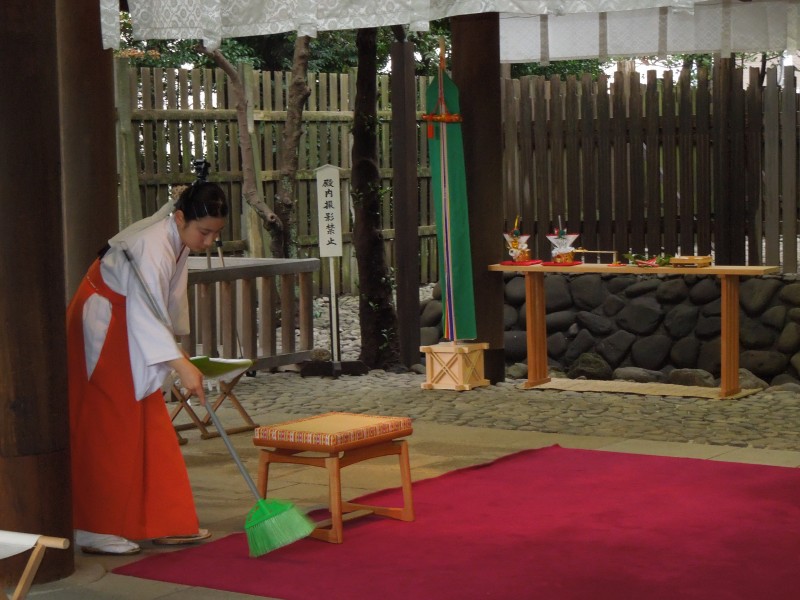 With 2015 drawing to a close, it’s time for people nationwide to dig out their household cleaning products, grab a pair of rubber gloves and don a face mask before dusting, sweeping and scrubbing their living spaces from top to bottom to ensure they are spotless come New Year’s Day.
With 2015 drawing to a close, it’s time for people nationwide to dig out their household cleaning products, grab a pair of rubber gloves and don a face mask before dusting, sweeping and scrubbing their living spaces from top to bottom to ensure they are spotless come New Year’s Day.
Called ōsōji (big cleanup), the ritual is traditionally performed at the end of the year, offering households an opportunity to reset and begin the new year afresh.
Ōsōji rituals are believed to have originated from the year-end tradition of susu-harai, which literally means “to dust the soot away.” In the Edo Period (1603-1868), susu-harai was observed on Dec. 13 and households would work together to clean the living quarters in order to welcome Toshigami, or deities of the new year.
According to a survey taken by Duskin Co., however, the number of people who actually clean their households and workplaces at the end of the year is on the decrease. The survey results, which began in 2004, show that the number peaked in 2008 with 71.7 percent, dropping to 58 percent in 2014. Imamura acknowledges that it is probably better to save some cleaning chores until Golden Week, when the weather is milder.
“It’s important, for example, to open windows when cleaning and it is too cold to do that in the winter,” Imamura says. “It is practical to save some cleaning until a different time. … That said, I think that many Japanese people want to clean the house and begin the new year afresh.”
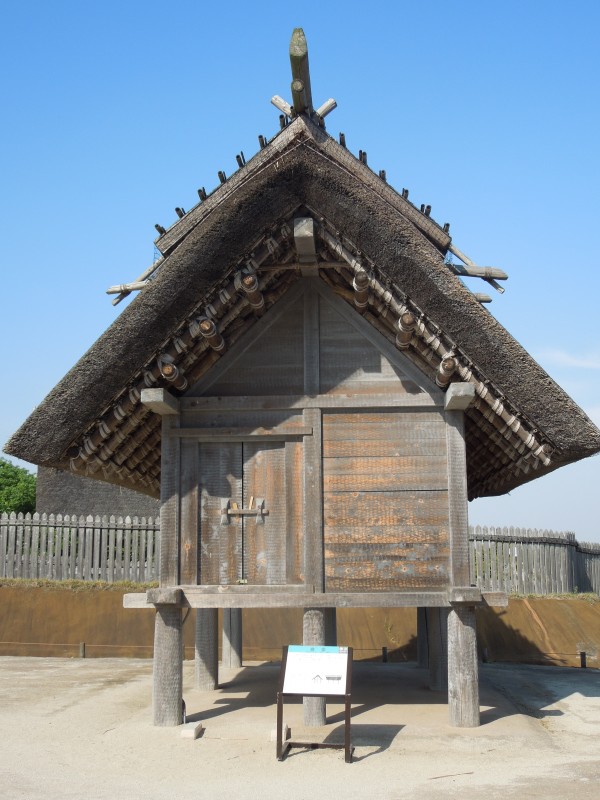
A purification hut of Yayoi times, showing just how far back the nation’s concern with impurity goes
Imamura’s career has taken a few twists and turns. He first started out as a banker at the now-defunct Long-Term Credit Bank of Japan before leaving to found a cram school in 1997 for students wishing to pass entrance exams for junior high school or universities. His cram school also provided education to hikikomori, a term given to young people who have trouble adjusting to a regular school or job, and become socially reclusive. In the course of his interactions with such students, he realized that one thing united them all — their rooms were incredibly messy.
“Their rooms were like a massive garbage pile,” Imamura says. “It is impossible to help people become positive thinkers in a disgusting environment like that. I realized then that who you are depends on the environment you live in, and so I decided to try to help people change their surrounding environment.”
While running the cram school in Yokohama, which he sold in June, Imamura also began to receive requests from companies to hold corporate training courses on cleaning. He hasn’t looked back since.
“We all value living in the moment,” Imamura says. “Most hikikomori students, adults who are distressed and athletes who are going through a slump have one thing in common — they are either regretting their past or worrying about their future. So I train people on how to let go of the past and the future in order to concentrate on the present. Put simply, the best way to start is by cleaning.”
Satoru Imamura’s top cleaning tip: Imamura advises amateurs to change their way of thinking and start by cleaning every day for just 10 seconds. Cleaning can be overwhelming, Imamura says, but it’s more manageable when broken down into small parts. Thus, he says, start with one thing at a time, whether that simply be opening a window or washing a glass. “It’s important to clean for 10 seconds on a daily basis,” Imamura says. “And then keep doing it.”
Mitsue Yamasaki
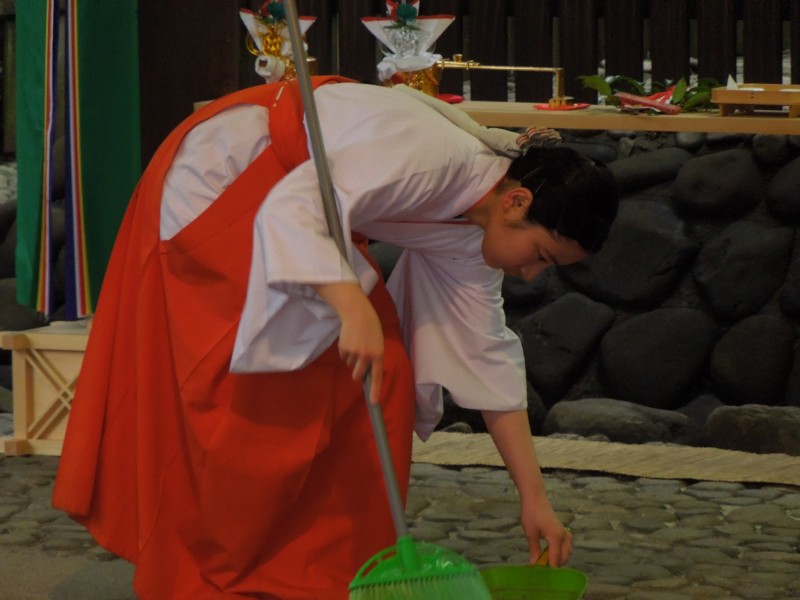 A homemaker cooks, cleans and takes care of the household-related issues that are necessary to keep a family running. But unlike “ordinary” people with “real jobs,” she does not get paid.
A homemaker cooks, cleans and takes care of the household-related issues that are necessary to keep a family running. But unlike “ordinary” people with “real jobs,” she does not get paid.
However, every year for the past 14 years, jobs search engine Salary.com, has been calculating how much an average homemaker’s annual salary would be, cross-referencing its salary database with survey results from homemakers on their domestic jobs. The average amount is pretty substantial: An average homemaker’s annual salary in 2008 was about ¥12 million, a figure that didn’t change significantly through 2014.
When Mitsue Yamasaki, a member of Zenkoku Tomo no Kai (National Friendship Association), a volunteer organization to promote a healthy and stable home environment, referenced the 2008 number during a recent lecture on reorganizing the inside of a home, a look of surprise spread through the audience.
“When I ask women to guess, they usually say between ¥2 million and ¥6 million,” Yamasaki said during her lecture. “This number shows just how important the work of the homemakers really is and I wanted to share that with everyone today.”
The association was established in 1930 by women who were primarily readers of Fujin no Tomo, a lifestyle magazine founded by the country’s first female journalist, Motoko Hani.
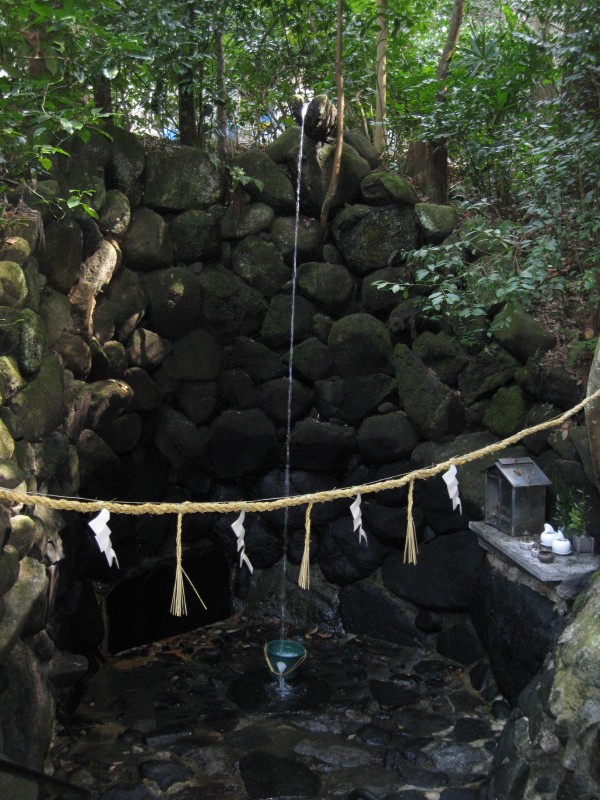
Hani wrote a series of books on her philosophies on life, from house cleaning and book-keeping to religious beliefs and education. Zenkoku Tomo no Kai currently has about 20,000 members and more than 180 branches at home and abroad.
Yamasaki has been dubbed a super homemaker after NHK featured her alongside several friendship association members on a morning information program. Indeed, Yamasaki can transform any cluttered home into a tidy and easy-to-use living space — no matter how bad a state it is in to begin with.
Yamasaki’s own home is a perfect example of an organized living space. Every set of items is divided into baskets or separated using recycled milk cartons. Her house is sparkling clean, warm and welcoming. In fact, Yamasaki sometimes holds open homes for Zenkoku Tomo no Kai members to show visitors that you don’t need a big house to have everything organized.
During her lecture, Yamasaki also referred to the government’s 2008 new school guideline that officially included “cleaning” as a student activity. Historically in Japan, cleaning classrooms and toilets have been a part of education for a number of generations. She notes that it is important to have children engaged in house cleaning as well when they are still young.
“Cleaning helps children learn that people need to look after themselves,” Yamasaki says. “Then, when it’s time to carry out ōsōji with everyone in the family at the end of the year, it is an opportunity to teach them to clean not only for yourself but for others as well. In this way, children get to learn about doing things for other people at a young age.”
According to a survey compiled by Zenkoku Tomo no Kai, a homemaker spends an average of five hours a day doing housework, of which the majority is spent in the kitchen.
Thus, Yamasaki and fellow super homemakers typically go around helping other members reorganize their kitchen. However, she stresses that they generally only work on the kitchen because they want to use this makeover as an opportunity for young women to think for themselves and remake the rest of the house. “Our goal is to make the world a better place by making our homes a better home,” Yamasaki says. “What we are doing is providing real-life examples.”
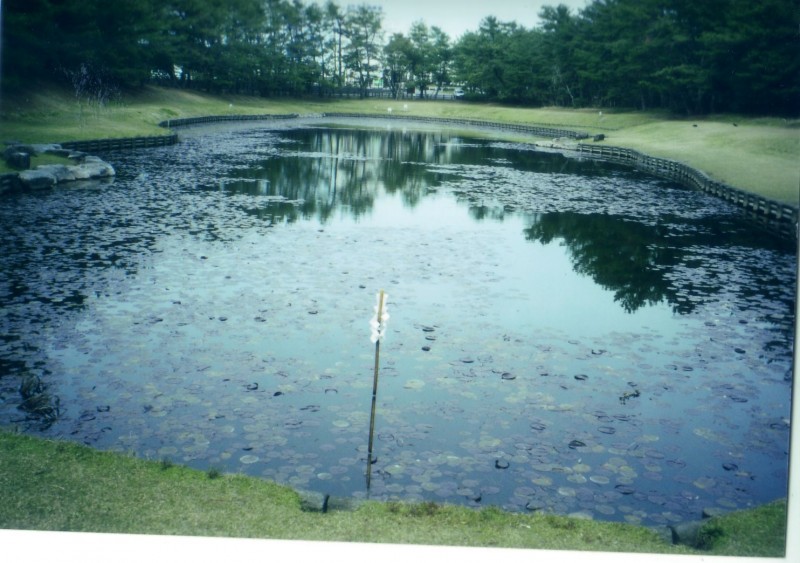
The pond where by tradition Izanagi performed the first ritual cleansing, or misogi
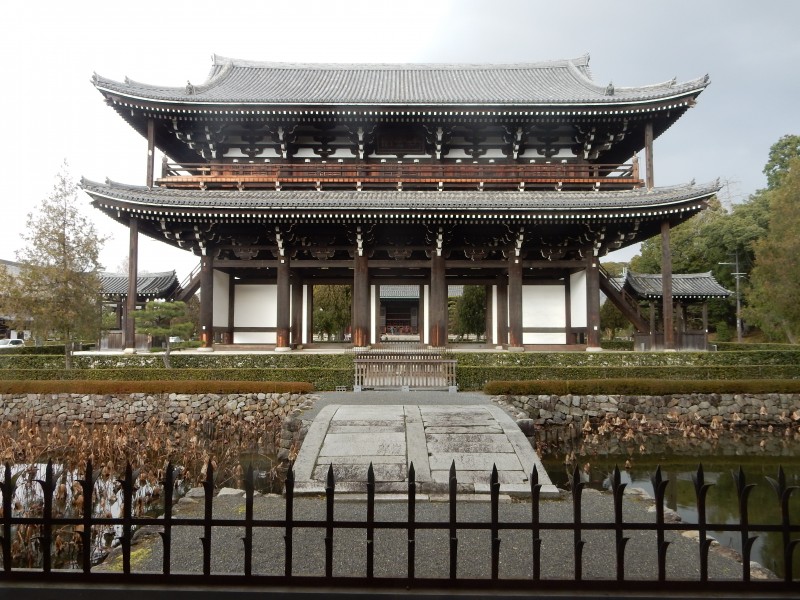
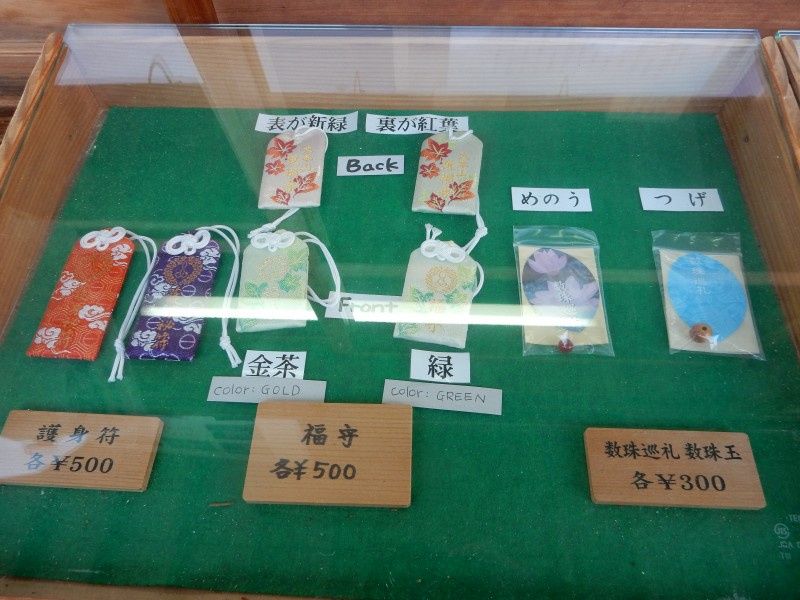
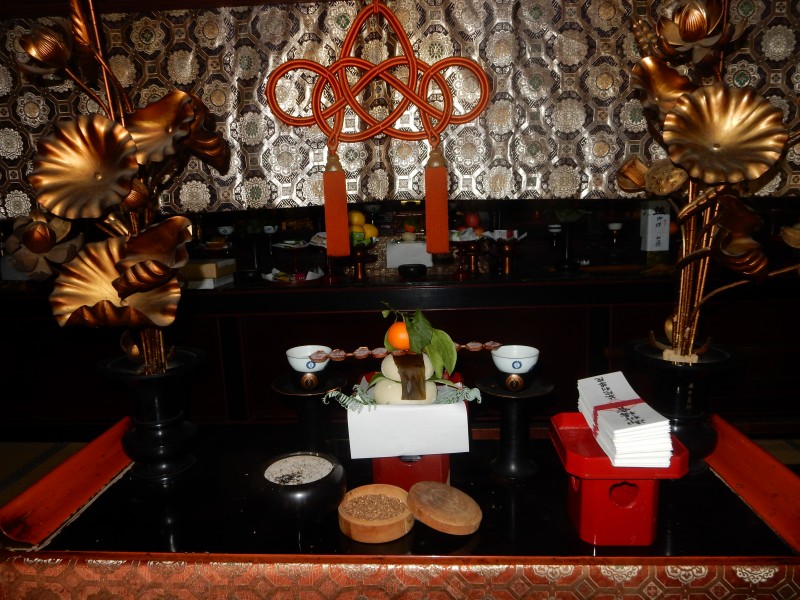
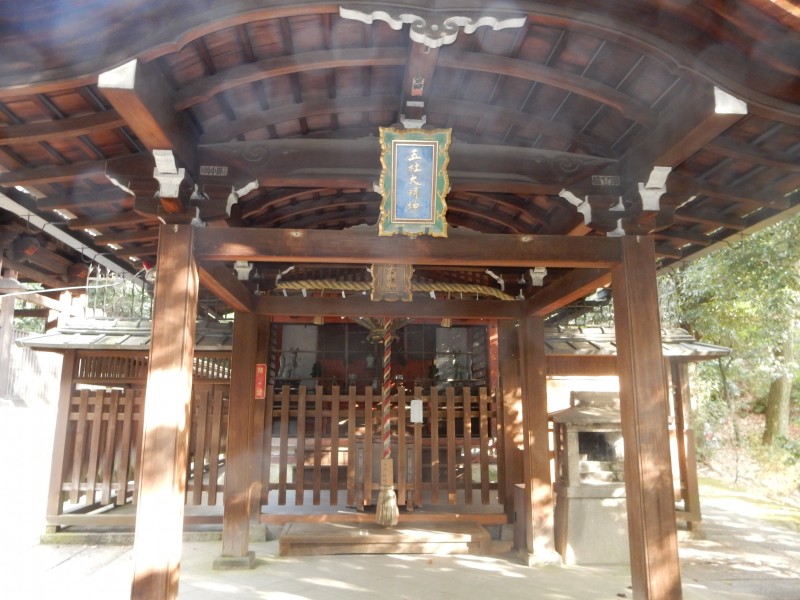
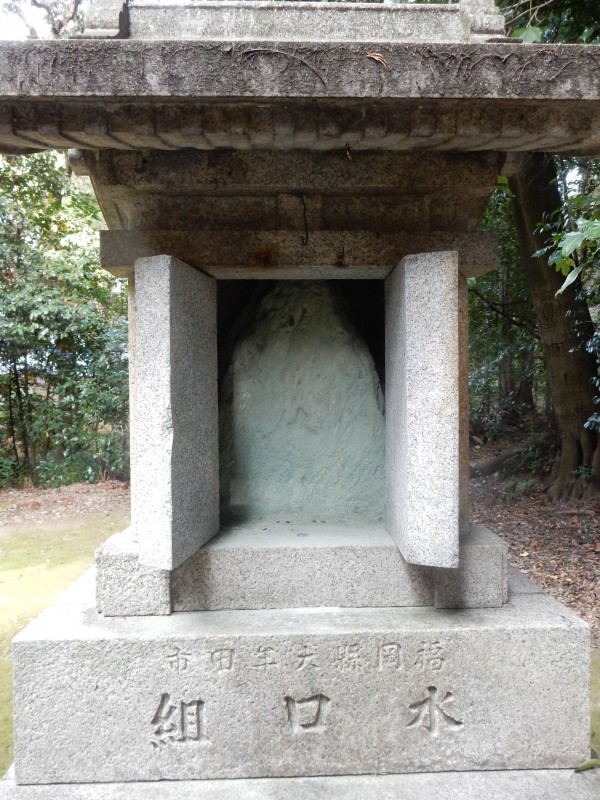
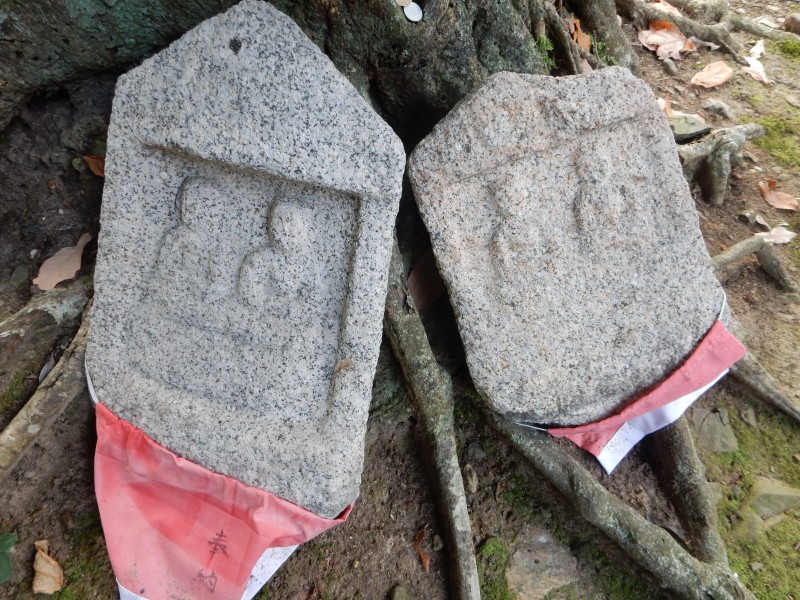
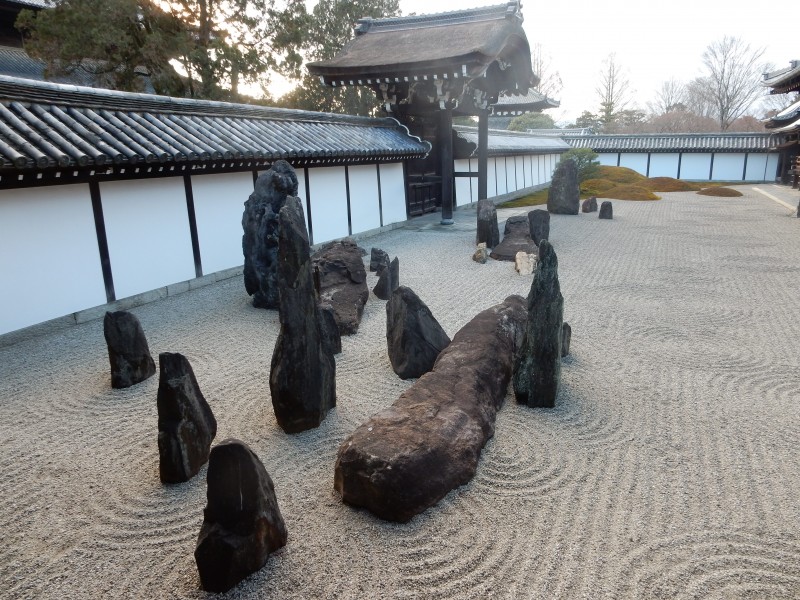

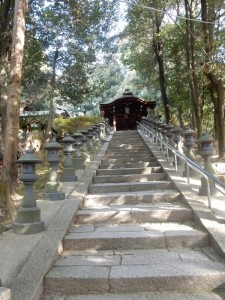
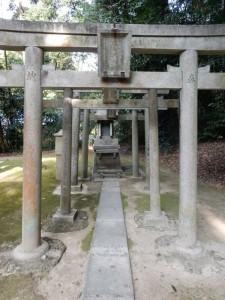
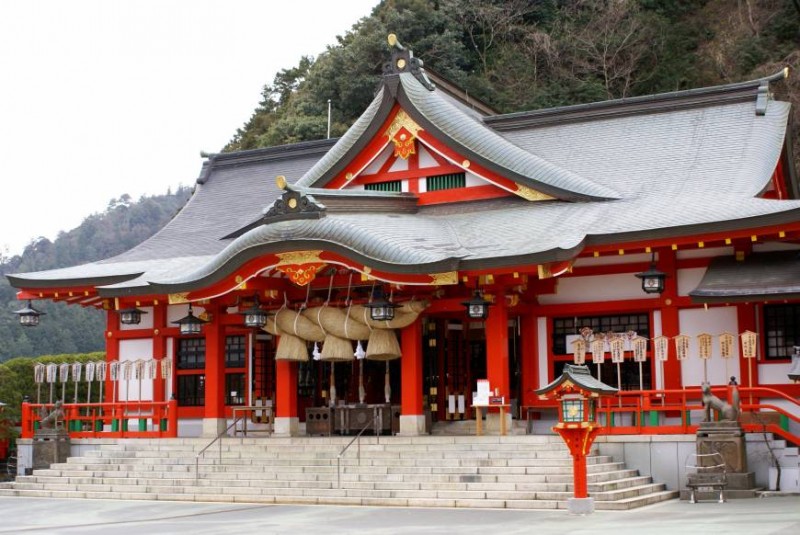


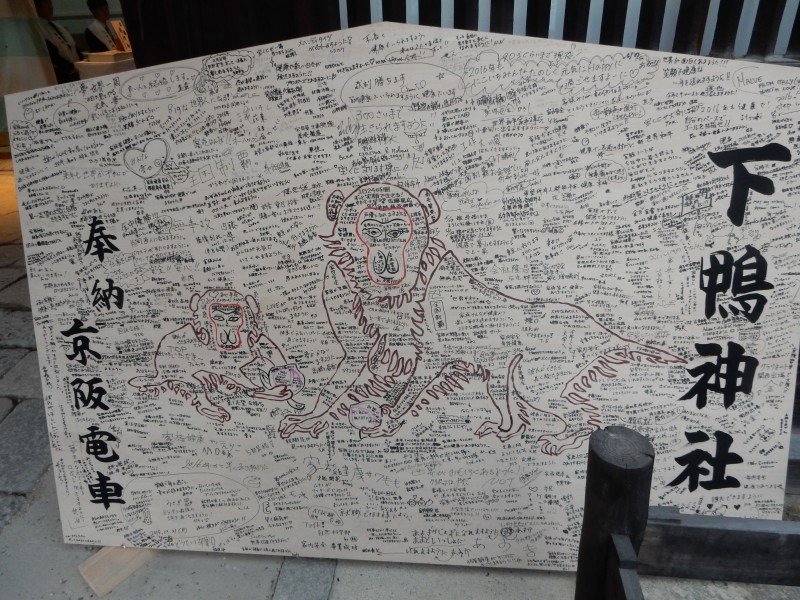
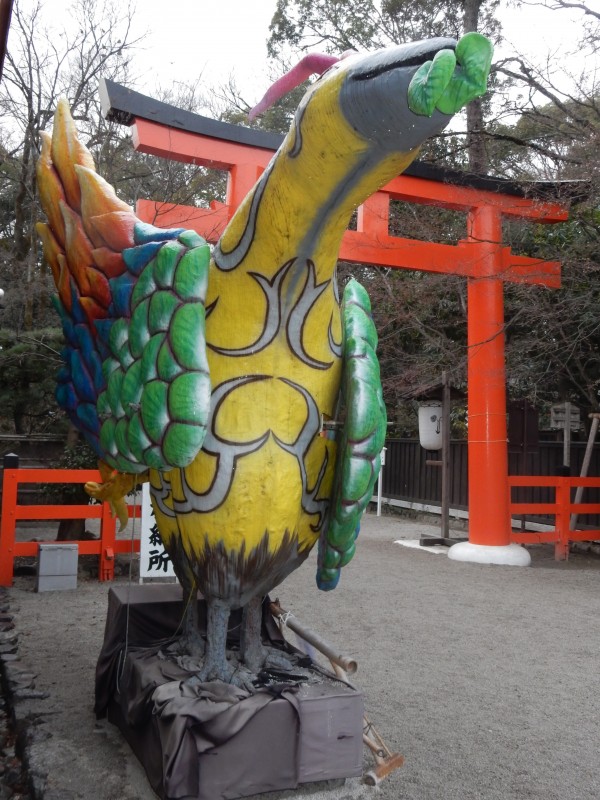
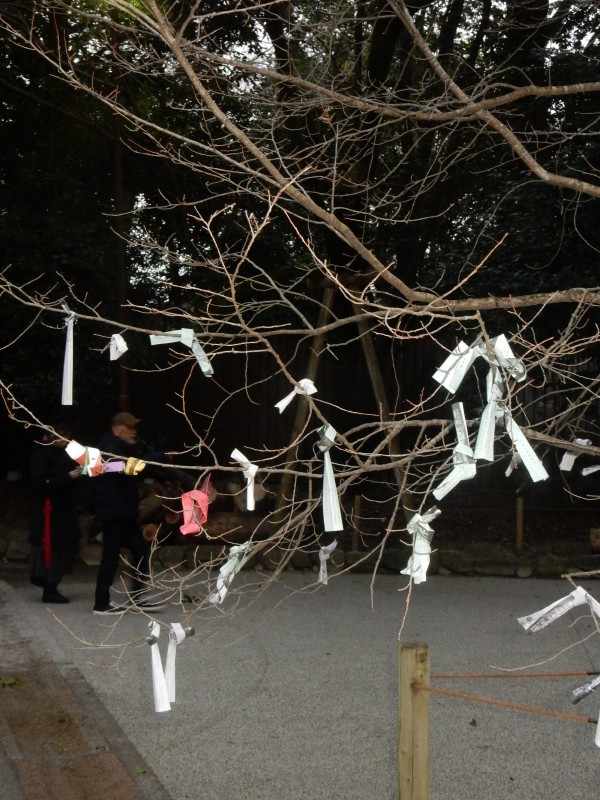
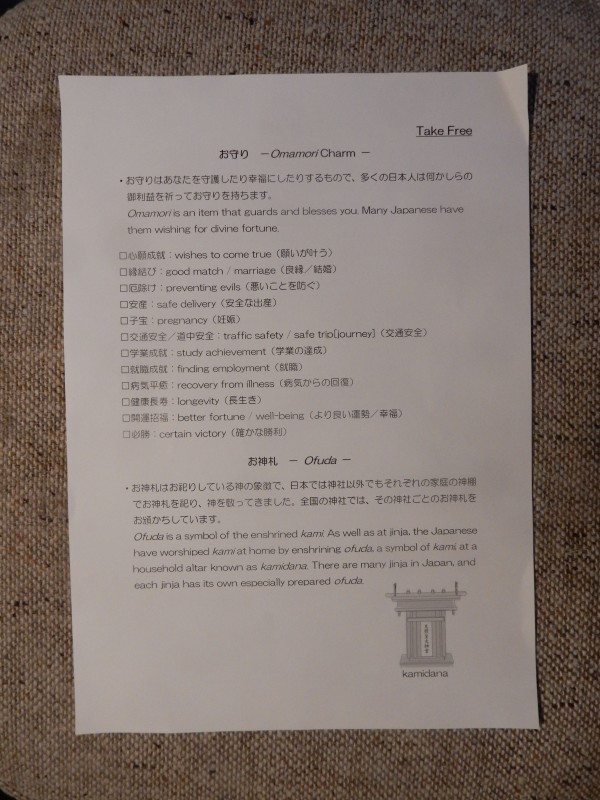
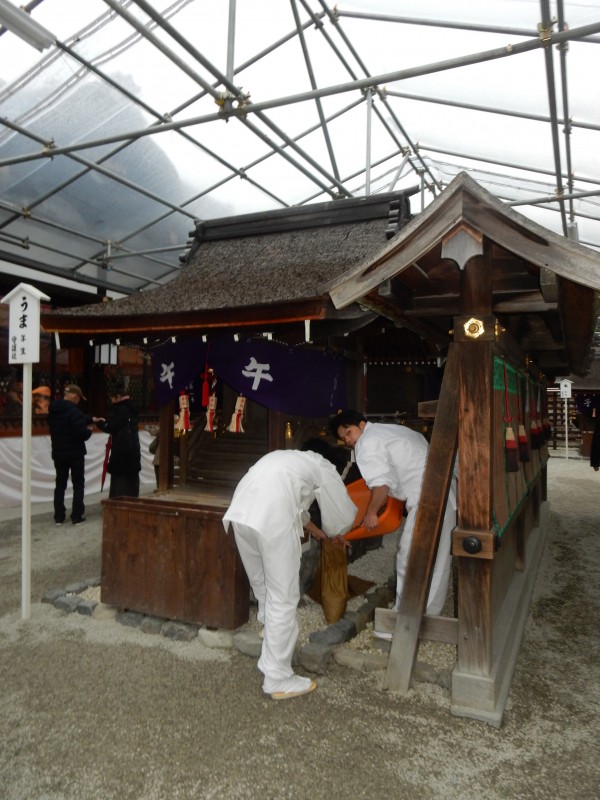

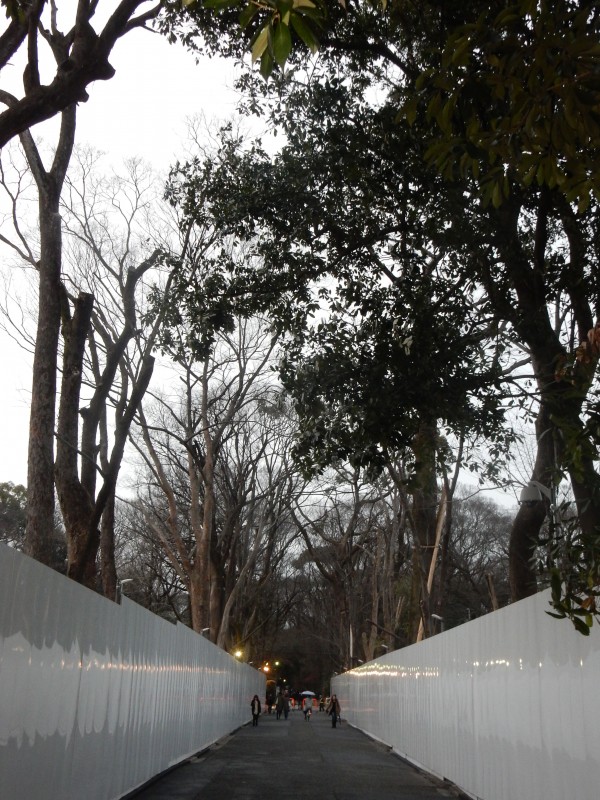
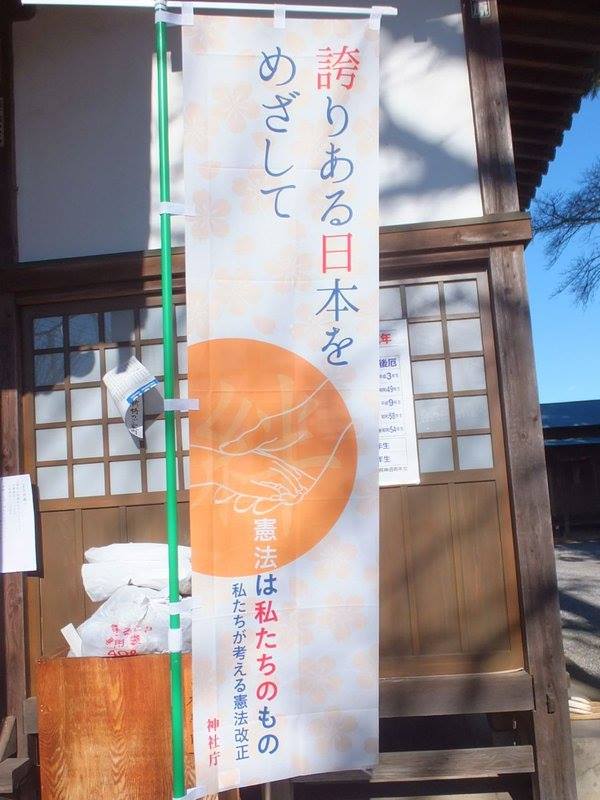
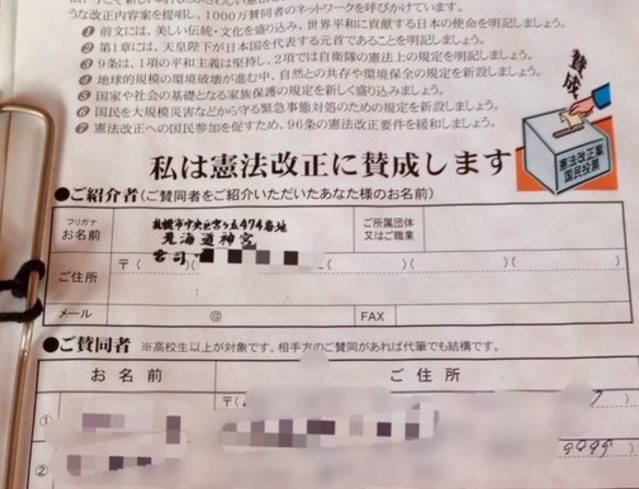
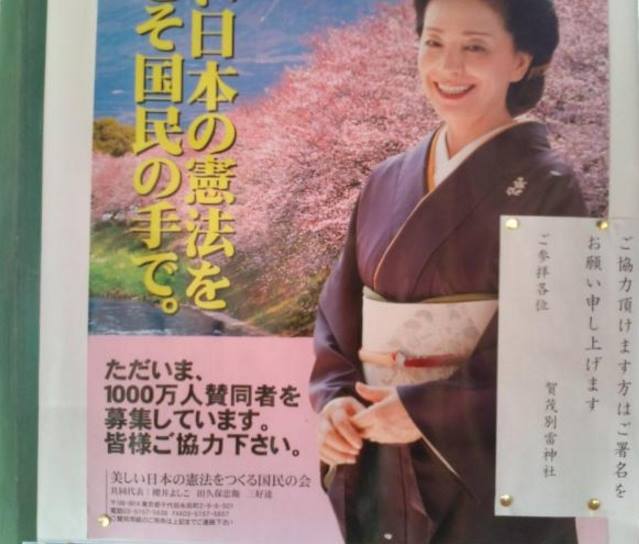



 A homemaker cooks, cleans and takes care of the household-related issues that are necessary to keep a family running. But unlike “ordinary” people with “real jobs,” she does not get paid.
A homemaker cooks, cleans and takes care of the household-related issues that are necessary to keep a family running. But unlike “ordinary” people with “real jobs,” she does not get paid.






















